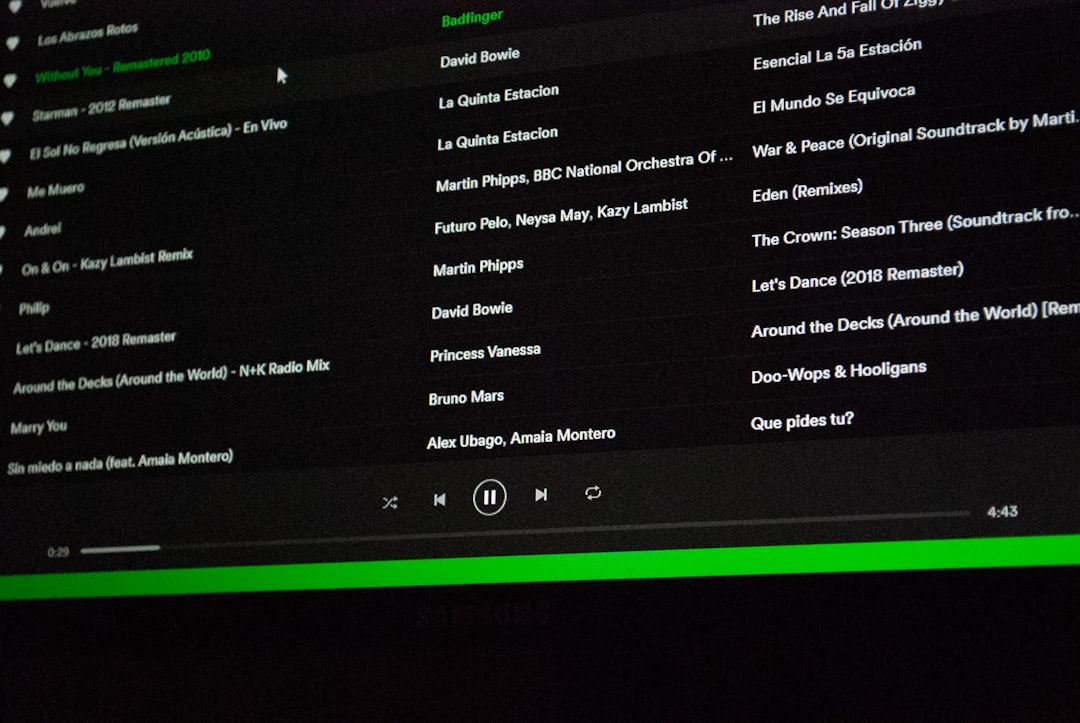
The Streaming Era: How to Improve Revenue Distribution Equity on Spotify?
The rise of streaming has transformed the way we consume music, offering immediate access to millions of songs and artists on platforms such as Spotify. However, while listeners enjoy a wide range of music offerings, revenue distribution remains a significant challenge, especially for emerging artists and industry professionals. In 2024, data reveals that only a small percentage of musicians on Spotify manage to earn significant revenue, underscoring the urgent need to rethink how royalties are distributed and the music record is protected.
Total Number of Artists on Spotify
Spotify hosts millions of artists on its platform. According to 2024 data, approximately 225,000 of these artists are considered “active” or “professional,” meaning those who have released music and have a significant presence on the platform.
Income Distribution among Artists
Spotify’s revenue distribution is uneven. In 2024, the platform paid $10 billion in royalties. However, only about 4% of artists on the platform can expect to earn sustainable income from their work.
High Income Artists
Approximately 1,500 artists generated more than $1 million in royalties in 2024, representing about 0.6% of the 225,000 active musicians on Spotify.
Middle Income Artists
A broader group of artists generated between $10,000 and $100,000 in royalties. This segment includes independent artists who use distributors to publish their music on Spotify. According to Spotify’s Loud & Clear report, independent artists generated more than $5 billion during 2024, representing nearly half of what Spotify pays the industry, up 10% from the previous year.
Low Income Artists
Most artists on Spotify generate modest income. Many rely on other sources of income, such as live performances, merchandising and alternative platforms to supplement their earnings or even other work. The current payment structure in streaming makes it difficult for these artists to achieve financial sustainability solely through Spotify royalties.
A New Model: Exclusive Streaming for Selected Artists?
Given the problem of oversaturation on current platforms, a possible solution would be the creation of a streaming platform with a limited number of artists, focused on exclusivity and quality of content.
Benefits of an Exclusive Platform
-
Increased Visibility: By limiting the number of artists, each artist would have a greater opportunity to stand out and reach their target audience without competing in an oversaturated market.
-
Fair Monetization: With a smaller artist base, the revenue generated by the platform could be distributed more equitably, ensuring that each musician receives adequate compensation for their work.
-
Content Curation: Exclusivity would allow the platform to maintain a high standard of quality, offering users a curated selection of music that guarantees a superior listening experience.
Challenges and Considerations
The implementation of an exclusive platform with a limited number of artists presents challenges, such as the need to balance supply and demand, ensure musical diversity and establish fair selection criteria. In addition, it would be essential to clearly communicate the added value of exclusivity to both artists and users to justify the adoption of this model.
Conclusion
While streaming has democratized access to music, it is crucial to address inequalities in revenue distribution and the impact of algorithms on creativity. Exploring and supporting alternatives that promote fairer compensation and greater connection between artists and fans is essential to ensure a diverse and sustainable music ecosystem.
By strategically limiting the number of artists on a streaming platform, the equation between quality, visibility and monetization could be balanced, providing a fairer and more efficient model for musicians in the digital age.

